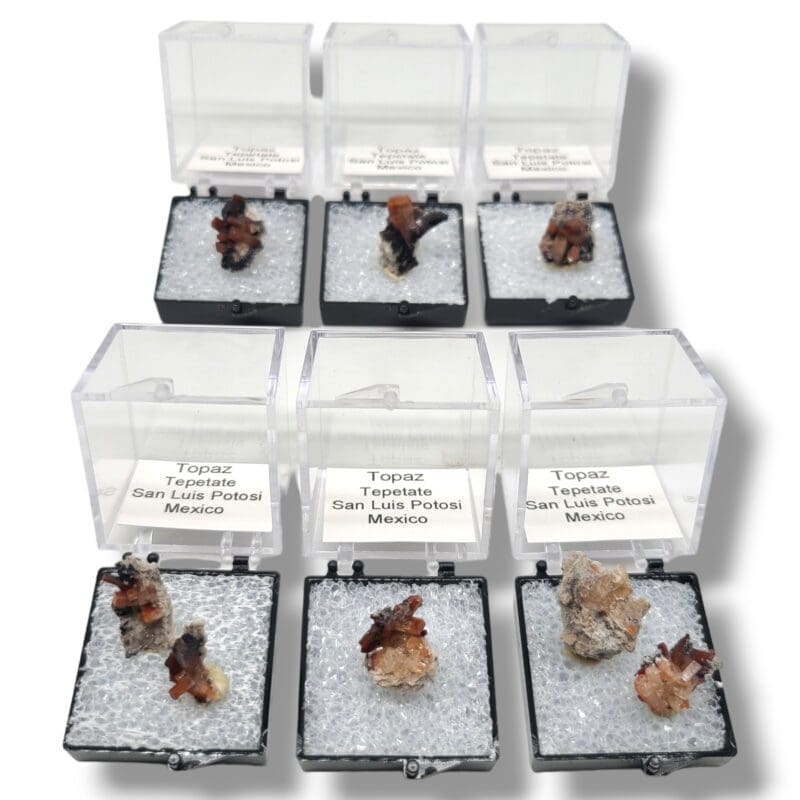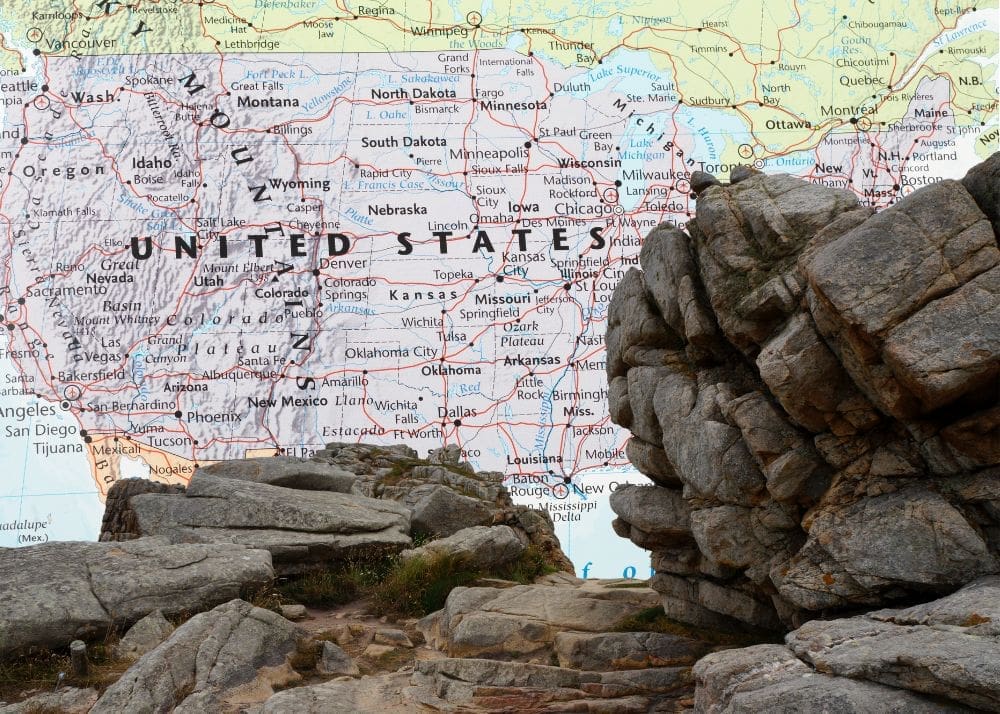Introduction
Have you ever gazed in wonder at the rich tapestry of colors and shapes in rocks and minerals? If so, you’re not alone. The world of mineral collections is both fascinating and expansive, and it starts with something small but mighty: the thumbnail specimen. These little wonders pack a world of natural beauty into a tiny package, perfect for collectors of all ages, from students to those enjoying their golden years.
Understanding Thumbnail Specimens
So, what exactly is a thumbnail specimen? Imagine a piece of the Earth’s puzzle, small enough to fit between the tip of your thumb and the first joint – this is the essence of a thumbnail specimen. The term ‘thumbnail’ isn’t just a cute name; it’s a standard size indicating that these specimens typically don’t exceed an inch in length. Stored in boxes with compartments and easy-to-open lids, these specimens offer a neat and practical way to keep and showcase a wide array of minerals in a compact space.
The Ideal Display at Home
For those who love to share their hobbies with friends and family, thumbnail specimens make it possible to bring the grandeur of a mineral exhibit right into the home. These specimens require no special equipment to be enjoyed – a simple magnifying glass can be enough to reveal their intricate details. Whether lined up on a shelf or taken out for a closer look, each mineral tells its own story.
No Extra Tools Needed
One of the joys of starting a thumbnail specimen collection is the ease of maintenance. These mineral pieces are selected to show off the best features without any additional tools. For enthusiasts young and old, this means an accessible and straightforward way to appreciate the complexities of geology.
Beyond the Thumbnail
While thumbnail specimens are modest in size, there are slightly larger alternatives for those ready to expand their collections. Specimens measuring 1×1 or 1½x1½ inches are commonly used in educational sets, providing a broader canvas to study the minerals. Though larger, these specimens still retain the convenience of their thumbnail counterparts, making them equally as practical for personal collections.
The Educational Power of Small Specimens
The value of these small samples extends beyond their aesthetic appeal. For educators and learners, thumbnail specimens offer a hands-on, interactive approach to geology. They serve as tactile teaching tools to explore the characteristics and formation processes of different minerals.
Conclusion: A World in Miniature
In conclusion, thumbnail specimens are a gateway into the world of mineralogy. They offer a manageable and affordable start to a rewarding hobby that can grow over time. They prove that even the smallest pieces of nature can hold an entire world of interest and beauty. So, whether you’re a seasoned collector or just starting, consider the humble thumbnail specimen – a tiny treasure with a wealth of possibilities.
FAQ
- What is a thumbnail specimen? A thumbnail specimen is a small piece of mineral, typically not exceeding an inch in length, that fits between the tip of your thumb and the first joint. It represents a manageable size for mineral collectors and is used to showcase a variety of minerals in a compact space.
- Why are they called thumbnail specimens? The term ‘thumbnail’ refers to the standard size of these specimens, indicating that they are small enough to fit within the size of a thumbnail. It’s a common measurement in mineral collecting.
- How are thumbnail specimens stored? Thumbnail specimens are typically stored in boxes with compartments and easy-to-open lids. This storage method keeps the specimens organized and protected, making them easy to display and handle.
- What tools are needed to enjoy thumbnail specimens? No special equipment is necessary to appreciate thumbnail specimens. A simple magnifying glass is often enough to reveal the intricate details of each mineral.
- Can thumbnail specimens be displayed at home? Yes, thumbnail specimens are ideal for home display. They allow collectors to bring the beauty of a mineral exhibit into their living space, where they can be lined up on shelves or taken out for closer examination.
- What is the appeal of collecting thumbnail specimens? Collecting thumbnail specimens offers an accessible, straightforward way to appreciate the complexities of geology without the need for additional tools or extensive space. It’s a hobby that’s suitable for all ages.
- Are there larger sizes of specimens available for collectors? Yes, for those who wish to expand their collections, there are larger specimens measuring 1×1 or 1½x1½ inches. These are often used in educational sets and provide a broader canvas to study the minerals while retaining the convenience of smaller specimens.
- How do thumbnail specimens serve educational purposes? Thumbnail specimens serve as tactile teaching tools in education, offering a hands-on approach to learning about the characteristics and formation processes of different minerals. They make the study of geology interactive and engaging.
- What is the broader significance of collecting thumbnail specimens? Collecting thumbnail specimens not only provides aesthetic pleasure but also fosters a deeper understanding and appreciation of natural sciences. It’s a gateway into the world of mineralogy, offering a manageable start to a potentially expansive and rewarding hobby.
- Who might enjoy collecting thumbnail specimens? Thumbnail specimens are perfect for collectors of all ages, from students to retirees. They offer an affordable and enjoyable way to engage with the natural world, making them suitable for both beginners and seasoned collectors.


